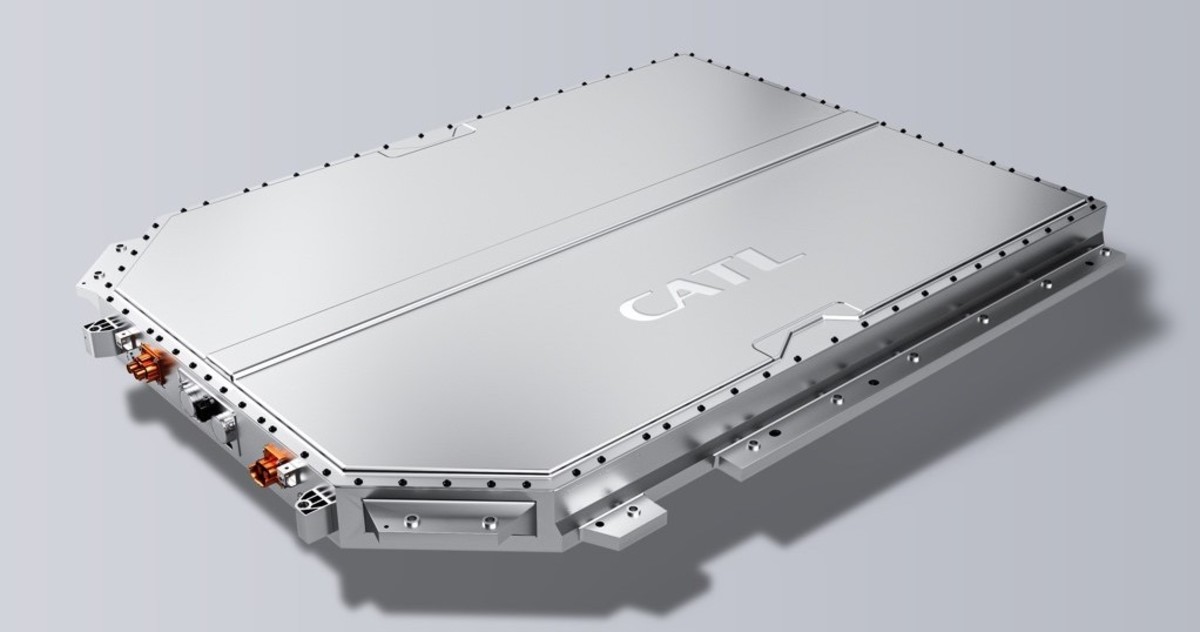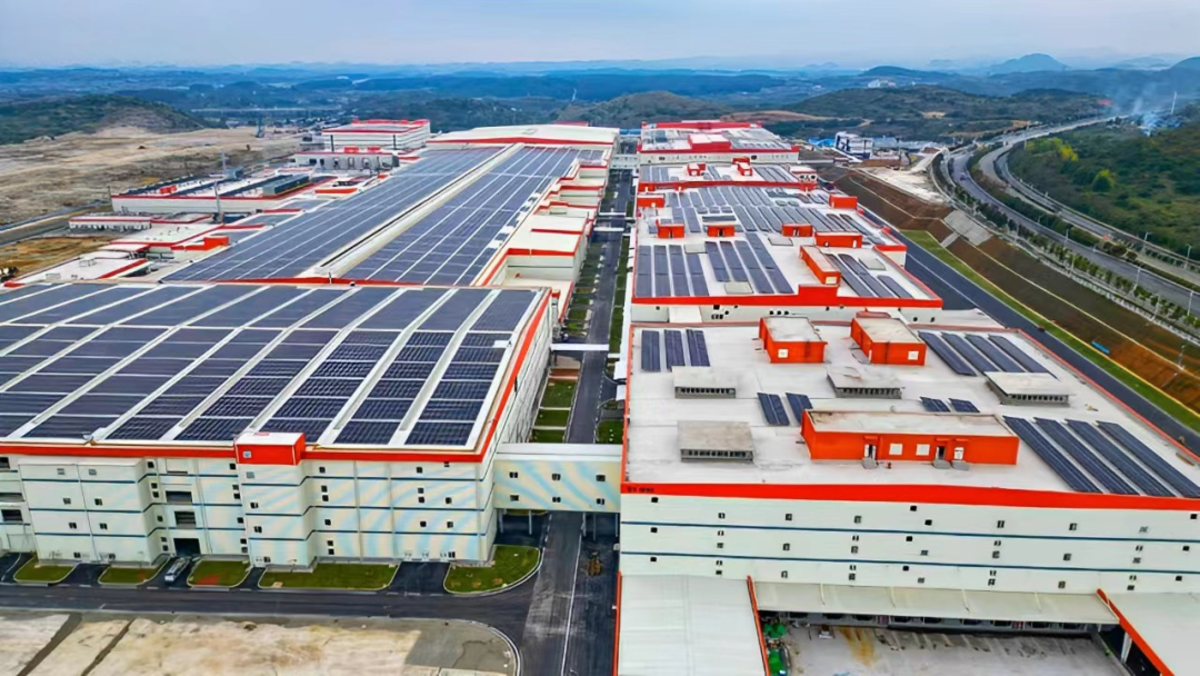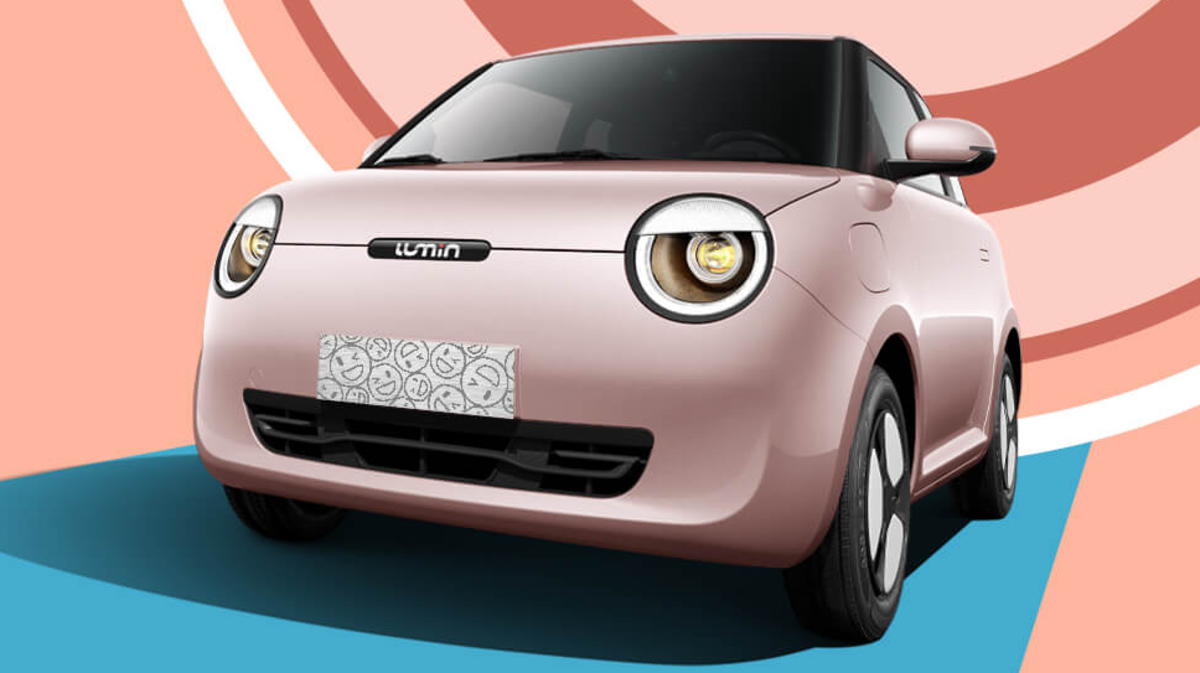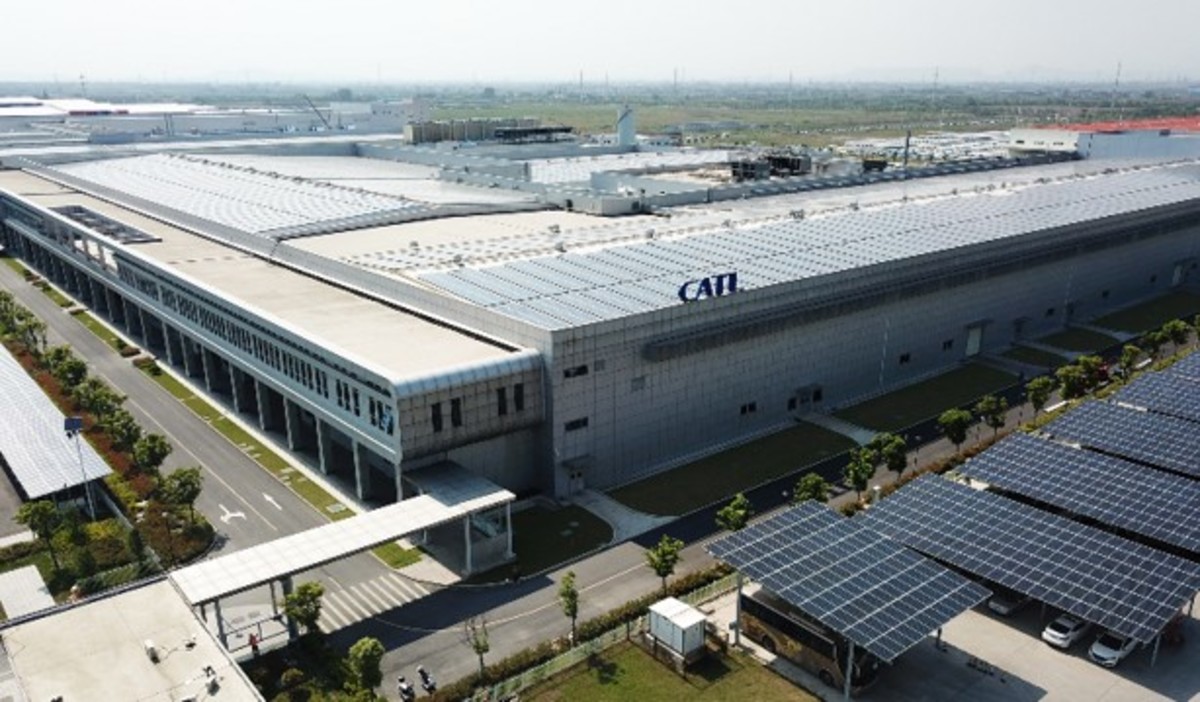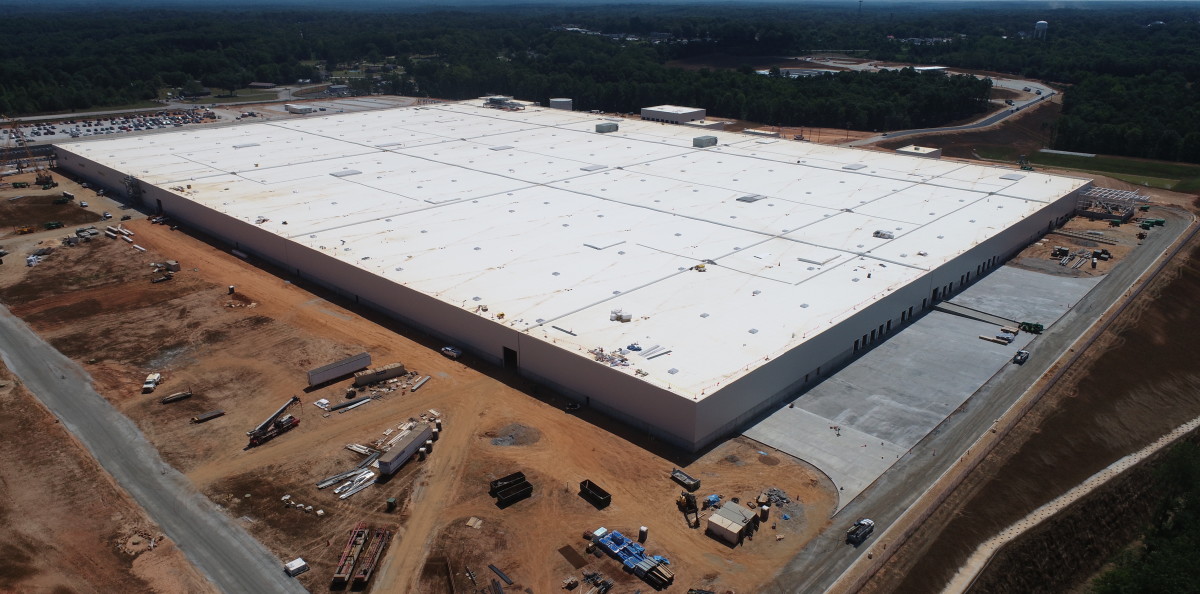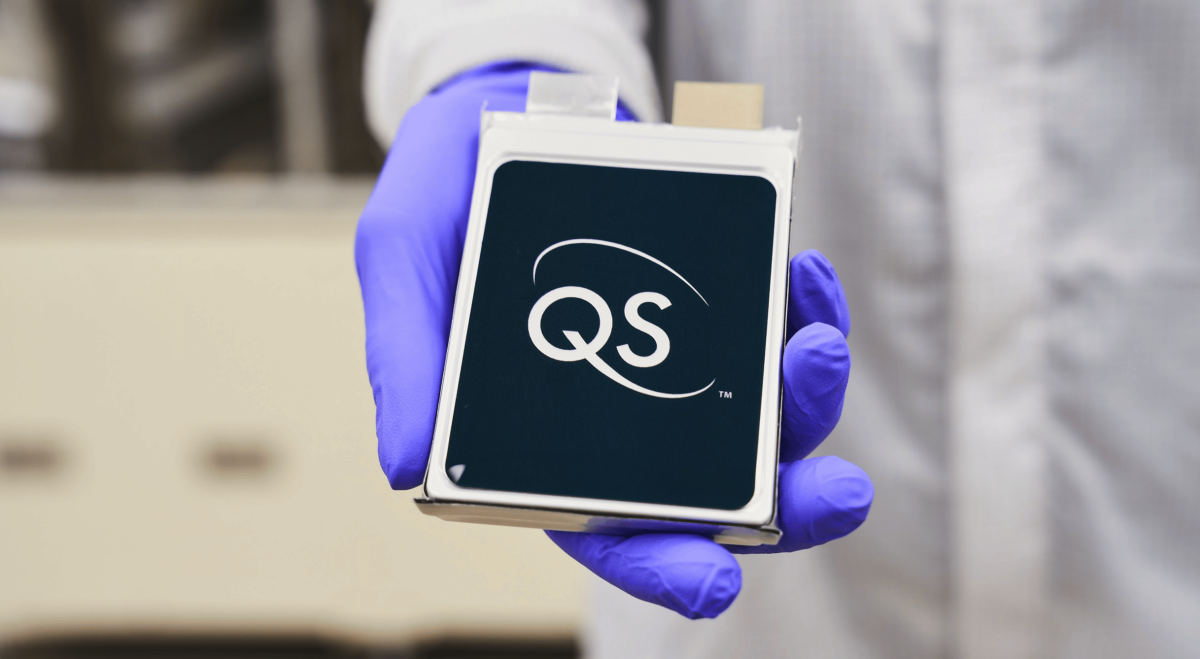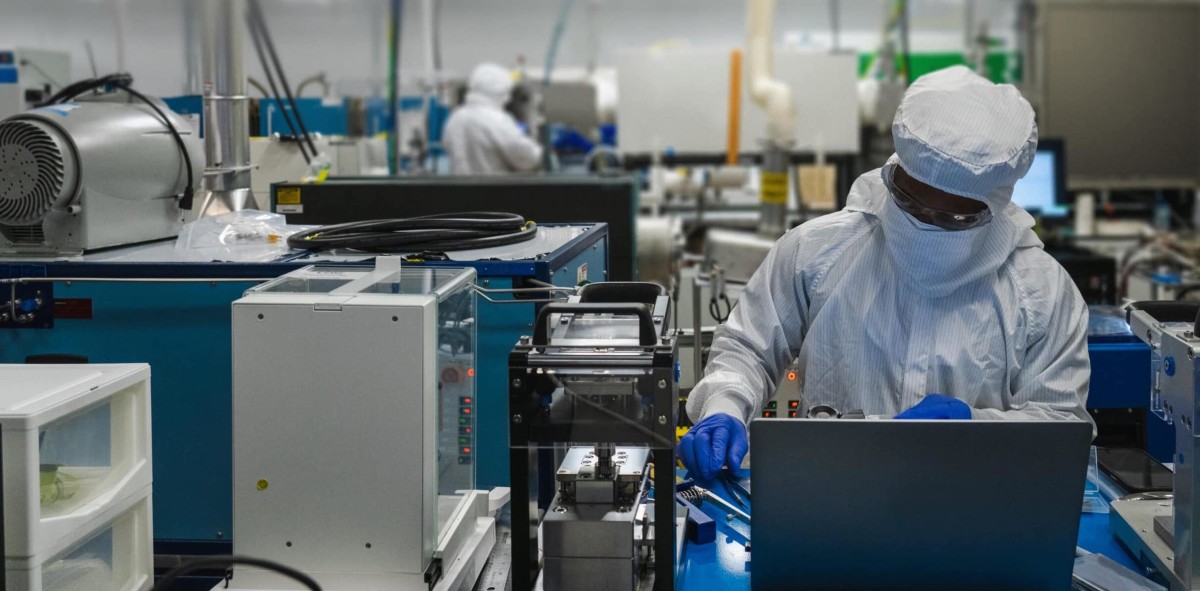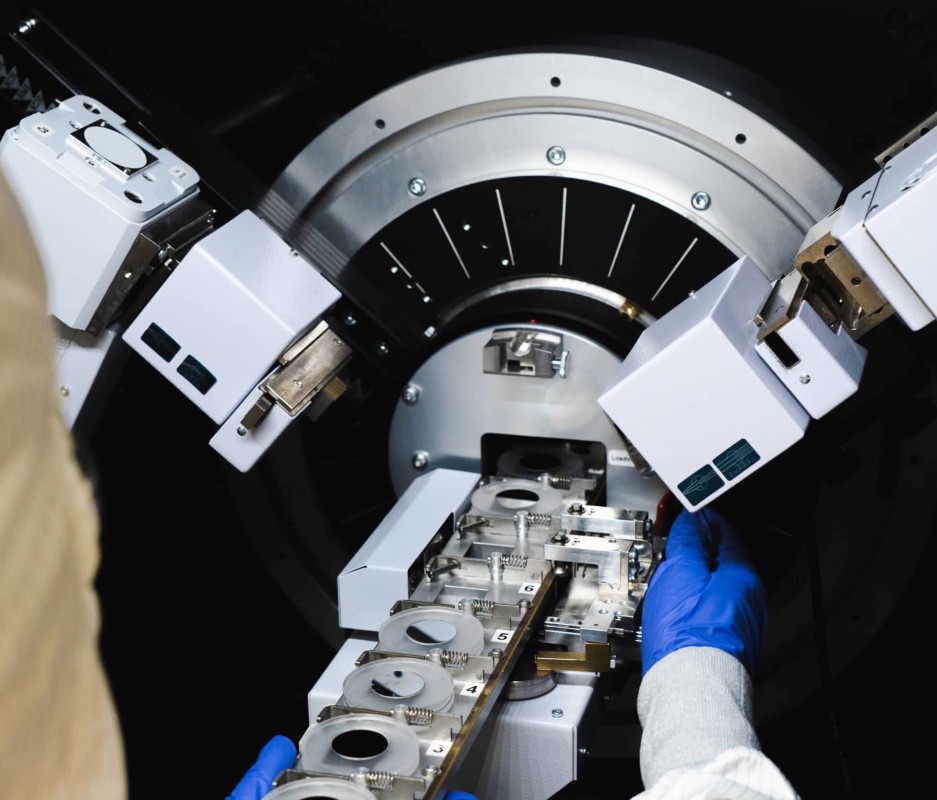https://gizmodo.com/americas-rare-earth-problem-could-be-solved-with-literal-trash-2000527029
How great would it be if we could extract resources from our waste products? Or even better, raise them from the ashes? Scientists in the United States have suggested doing exactly that to boost the nation’s supply of rare earth elements.
Researchers, co-led by Bridget Scanlon of The University of Texas at Austin (UT), have found that up to 11 million tons of rare earth elements could be extracted from coal ash in the U.S., a waste product of coal burning. That’s almost eight times the amount of rare earth elements currently in domestic reserves. Their findings, detailed in a September 17 study in the International Journal of Coal Science & Technology, highlight that this approach could significantly reinforce national supplies without the need for further mining.
“This really exemplifies the ‘trash to treasure’ mantra,” Scanlon said in a UT statement.
Rare earth elements are 17 elements crucial to many technologies, including smartphones, flat-screen TVs, computer monitors, batteries, magnets, offshore wind turbines, and solar panels. The U.S. imports most of its rare earth element supply from abroad, with 75% coming from China, according to the statement. The new study, however, suggests that coal ash in the U.S. could supply $8.4 billion worth of rare earth elements.
“There’s huge volumes of this stuff all over the country,” said Davin Bagdonas of the University of Wyoming, who also participated in the study. “And the upfront process of extracting the (mineral host) is already taken care of for us.”
Various aspects, like place of origin, determine the amount of rare earth elements in a particular coal ash supply as well as how much of it can be extracted, as detailed in the study. For instance, coal ash from the Appalachian Basin has a higher amount of rare earth elements than coal ash from the Powder River Basin, though a higher percentage of rare earth elements can be extracted from the latter than from the former.
In general, there are lower amounts of rare earth elements in coal ash than in geological deposits, but the researchers point out an obvious advantage: The U.S. has large quantities of coal ash within its own borders. From the total coal ash the U.S. produced from 1985 to 2021, 1.873 billion tons could be recovered from disposal locations such as landfills and ponds.
“The idea of getting rare earth elements out of tailings (mining by-products) just makes a lot of sense. It’s a common-sense approach,” said Chris Young, the chief strategy officer at Element USA, a company that extracts minerals from aluminum industry waste. “The challenge is to convert that common-sense approach to an economic approach.”
In fact, researchers are still testing the viability of this method. It remains to be seen whether they’ll be able to make use of the (literal) ashes of the past.
via Gizmodo https://gizmodo.com/
November 23, 2024 at 09:03AM

